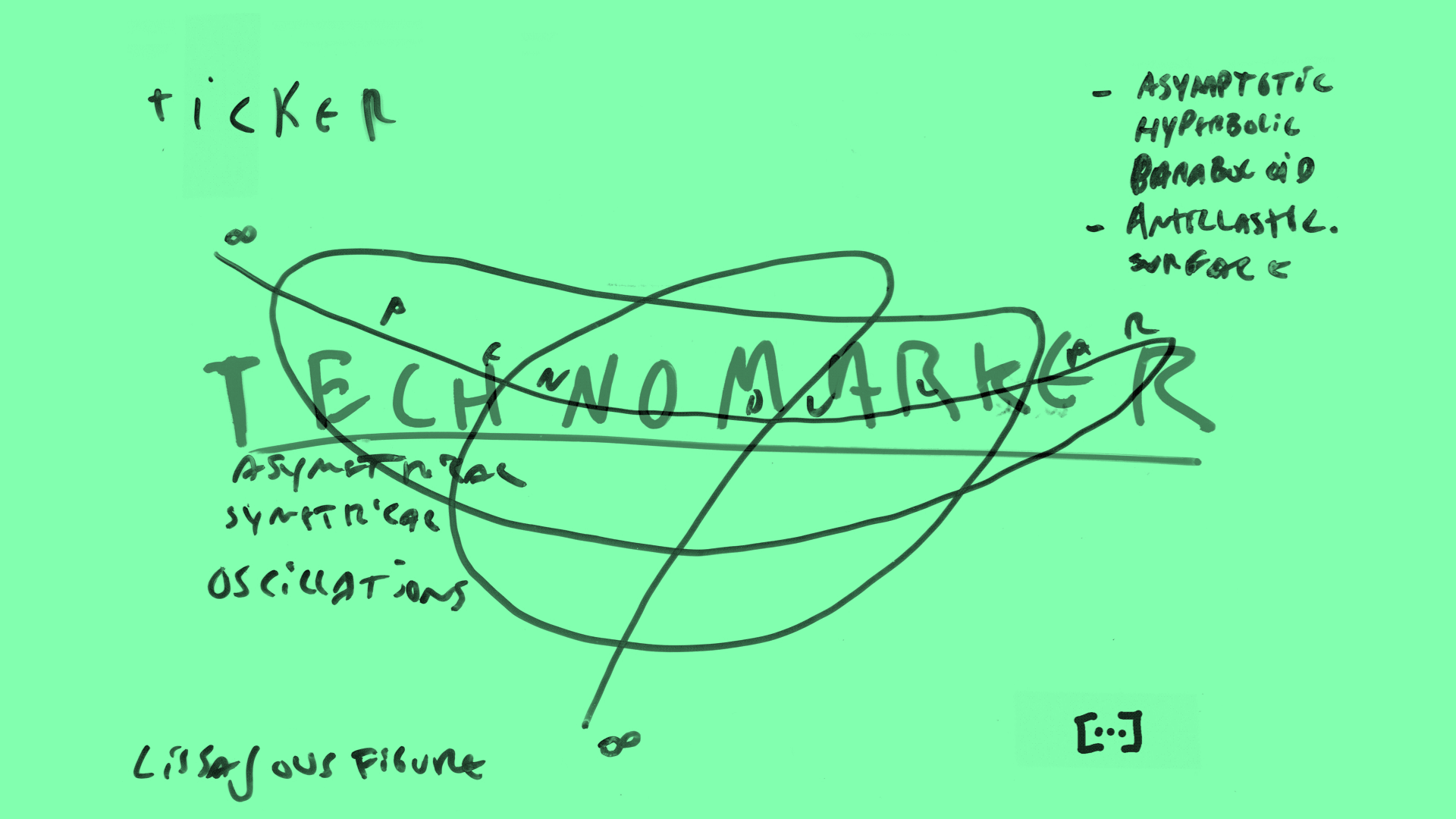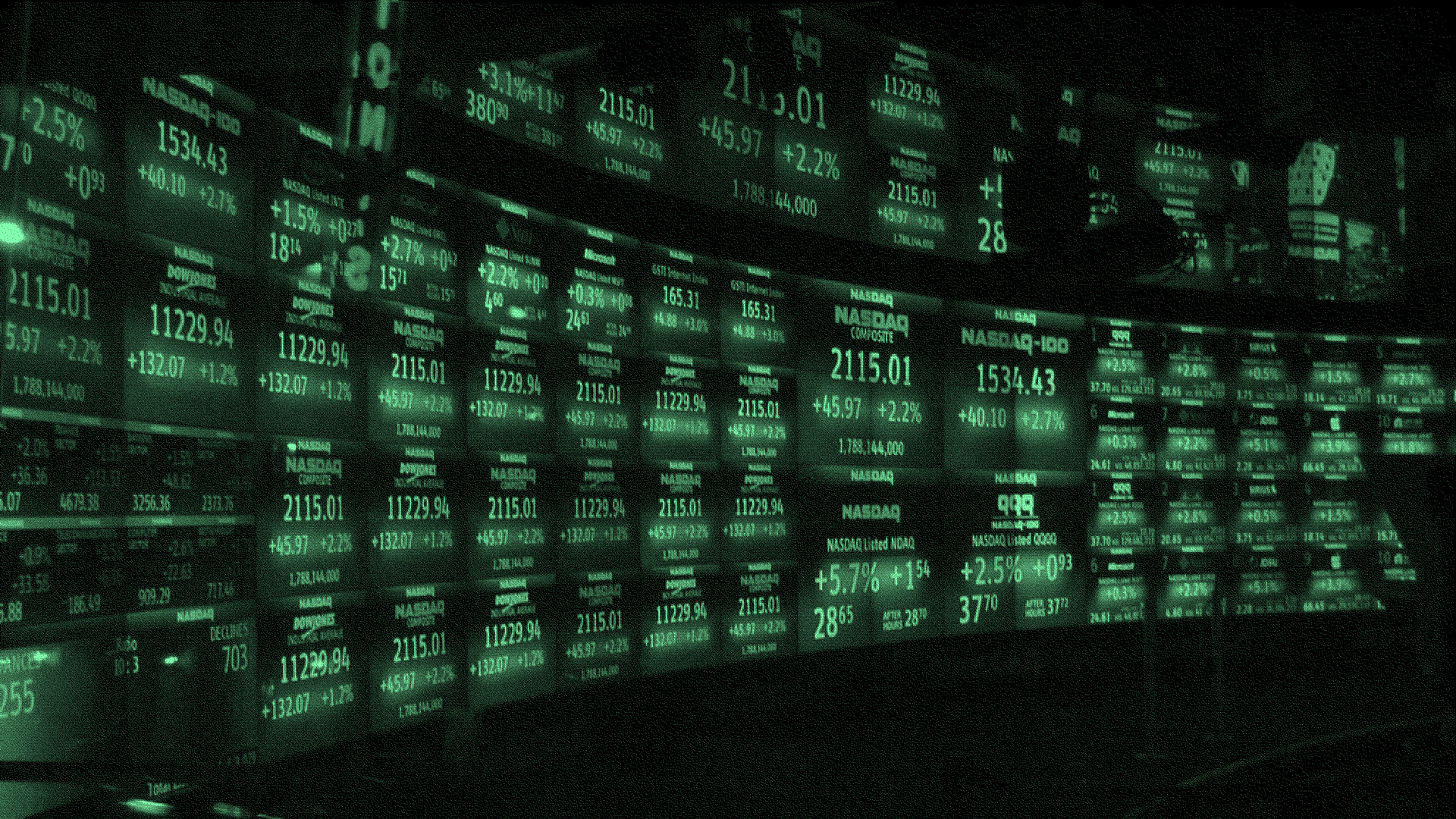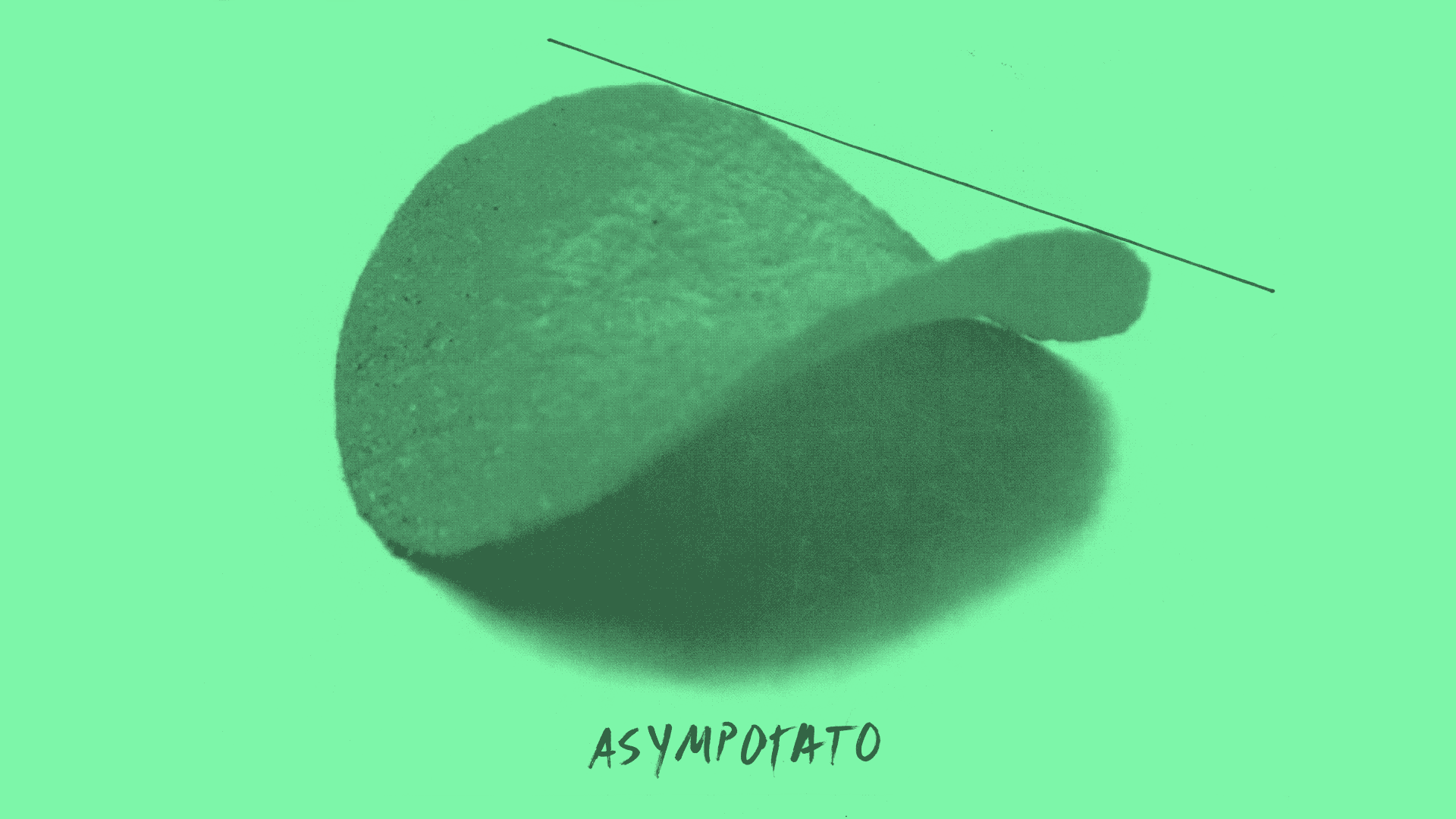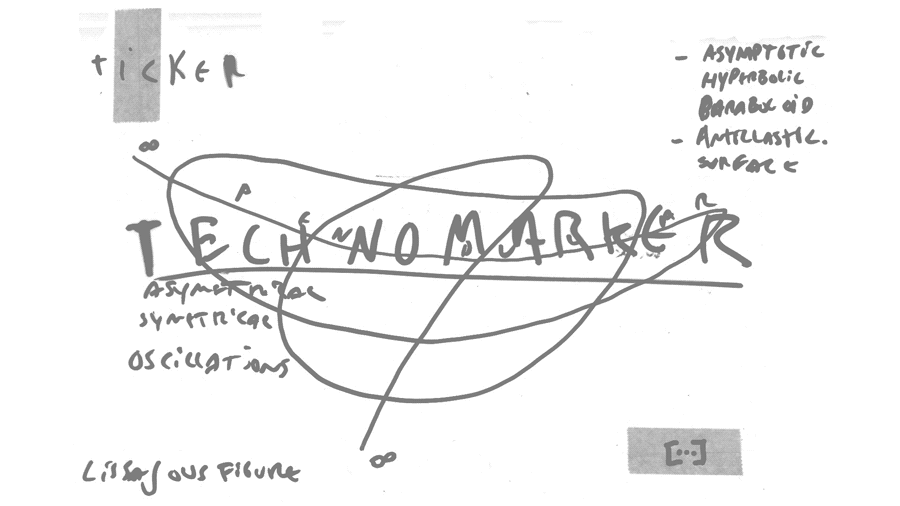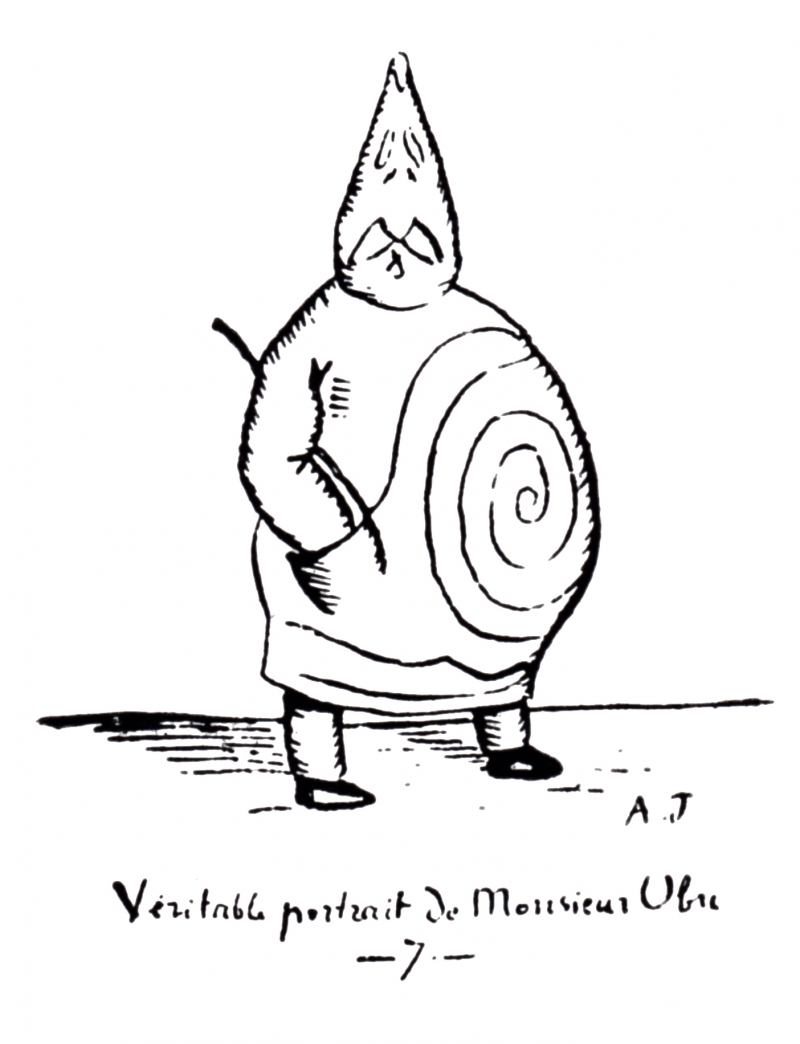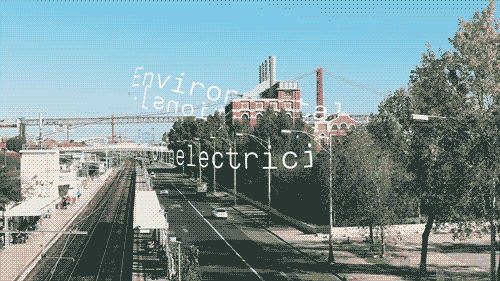maat New VI
Visual chronicle of a project by Barbara says… design studio
The maat visual identity project combines three ideas that are linked to each other as metaphors and formal mechanisms.
The quest for “technosignatures” or “technomarkers”
According to NASA, a technomarker is any technology that can be used to determine the existence of intelligent life in the universe. They can be identified as hypothetical megastructures built by advanced civilisations that can collect and transmit energy from stars similar to the sun. This theory is based on the vision of Freeman Dyson, the American mathematician and technological visionary who has maintained the possibility of mankind constructing this type of technology in a distant future when the human race becomes an interplanetary civilisation.
Images:
-
Process drawings for "TECHNOTICKER", 2020. © Barbara says...
The ticker
The ticker was invented around 1870 to transmit financial information across the globe using telegraph lines; the information was printed on a thin band of paper and the technology was commonly used up until the 1960s, when it was gradually replaced by new information technologies. Today, the name “ticker” is still used to denote the LED information panels on buildings, pharmacies and shops, as, while they use a different technology, they nevertheless still simulate the syncopated movement of the original ticker.
Images:
-
Nasdaq MarketSite TV studio (Luis Villa del Campo, 2006. CC by 2.0).
-
Ticker tape parade for presidential candidate Richard M. Nixon, New York, November 1960 (Toni Frissell Collection, Library of Congress, CC).
-
Girls operating tickers and stock exchange boards at The Waldorf-Astoria Hotel, 1918 (Underwood & Underwood, Photographer, National Archives and Records Administration, public domain).
The harmonograph
The harmonograph is a mechanical drawing apparatus that uses physics and mathematics to draw sinuous lines by means of pendular movements.
Images:
-
"Asympotato", 2019. Courtesy of Barbara says...
-
Process drawings for maat new visual identity, 2019. © Barbara says...
The project unites these three ideas to create a design mechanism that is at the same time real and illusory, like an expanded superstructure potentially using heightened reality at the human scale as an informational support. We wanted to convey the idea of the ineffable that we see in the most amazing and most scientifically realistic science-fiction literature.
The TECHNOTICKER is therefore a technomarker, in the sense that it feeds off the knowledge and content that is produced and disseminated at maat, developing into a mesh of information which draws harmonic lines that unite, cross and involve the various spaces — the maat museum, the Central do Tejo building and the gardens.
We have combined these ideas with other more technical aspects of design:
Video:
-
"TECHNOTICKER Codex", 2020. Video FX and sound by Pedro Custódio. © Barbara says...

We employ a VGA colour system (8-bit colour) that is economic in terms of energy consumption and is also used in virtual network computation, remote desktop protocols and LED ticker screens. The use of colours from this scale is purely symbolic, as current display systems almost all work with 24 and 32 bits.
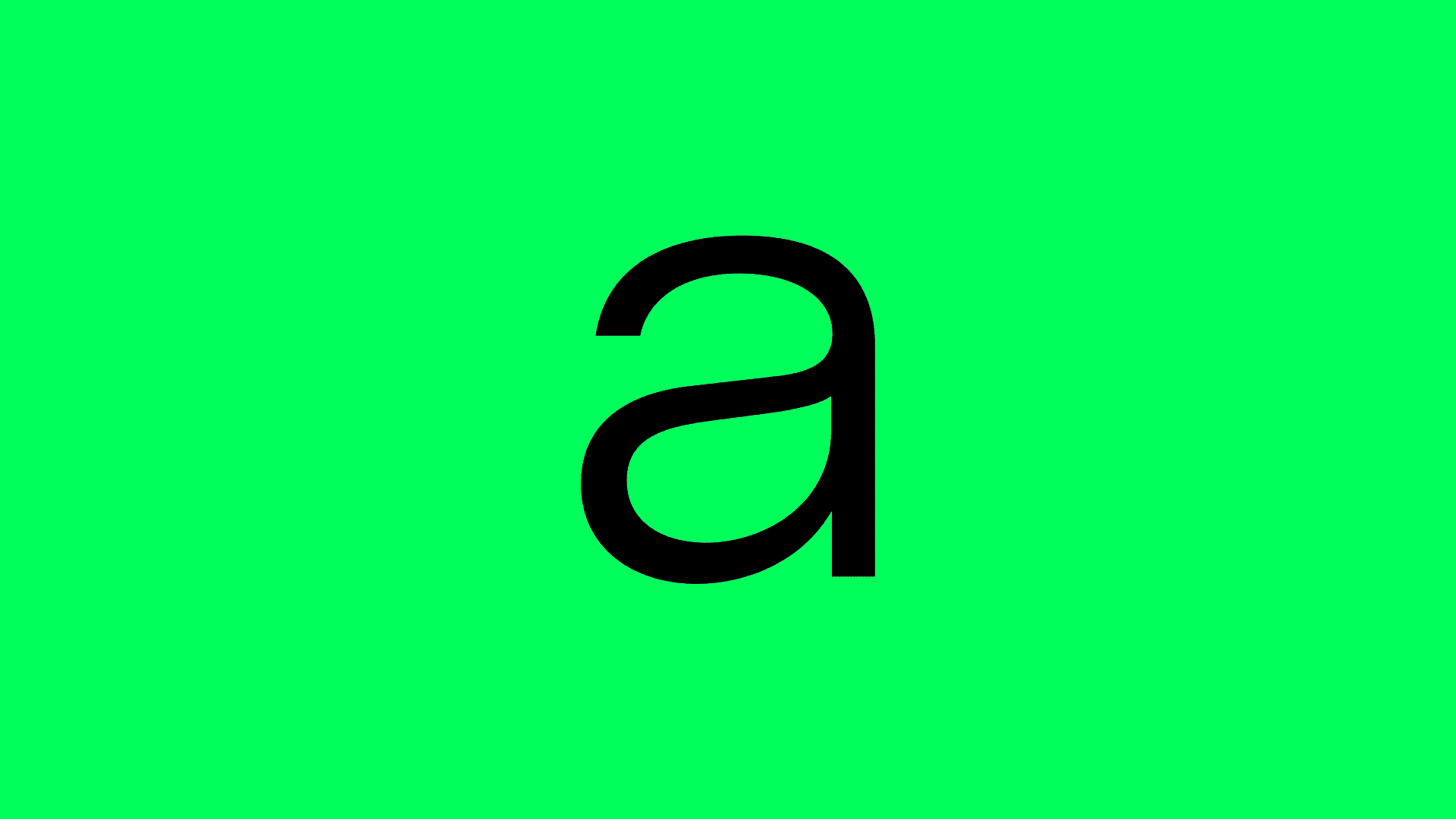
We have used two recently created font types inspired by those that have stood the test of time. Gza (by Mirco Schiavone and Philipp Herrmann, Out of the Dark, 2014) is an easily readable sturdy, Latin, serif typeface of angular, geometric construction with contrasting sinuous lines. Messina (Luzi Gantenbein, Luzi Type, 2015) is a monospace electric typewriter-style font that is geometric in allusion to computational aesthetics and was designed for advanced computation systems.
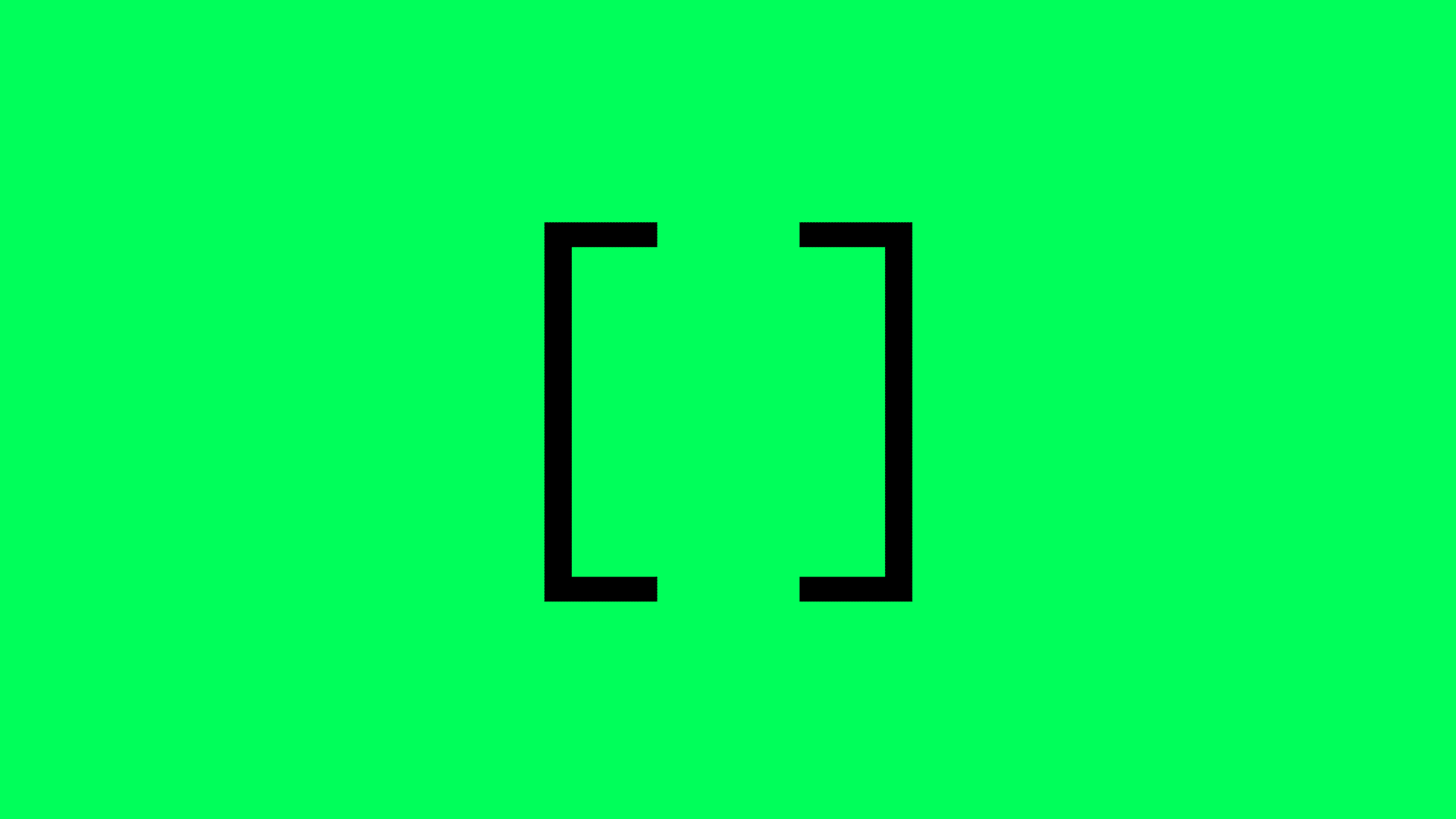
The use of square brackets alludes to the new editorial project for maat online which is accessed by means of a vertical break on the maat homepage. These punctuation symbols are also used for the general identification of the museum spaces. Square brackets are also a common feature of programming languages.
![]()
In maat’s signage, we have sought to establish a relationship with illusory three-dimensional representation, axonometry, given that the TECHNOTICKER, thanks to its curved movements, also assumes a 3D form. The pictograms designed for the signage seek to maintain that principle with regard to volume, although in the design of the icons for the three spaces that make up the museum, we have opted for a simpler version of the riverfront view.
Barbara says... is a graphic design studio based in Lisbon founded by António Silveira Gomes and Cláudia Castelo. It was responsible for creating maat’s new visual identity.


